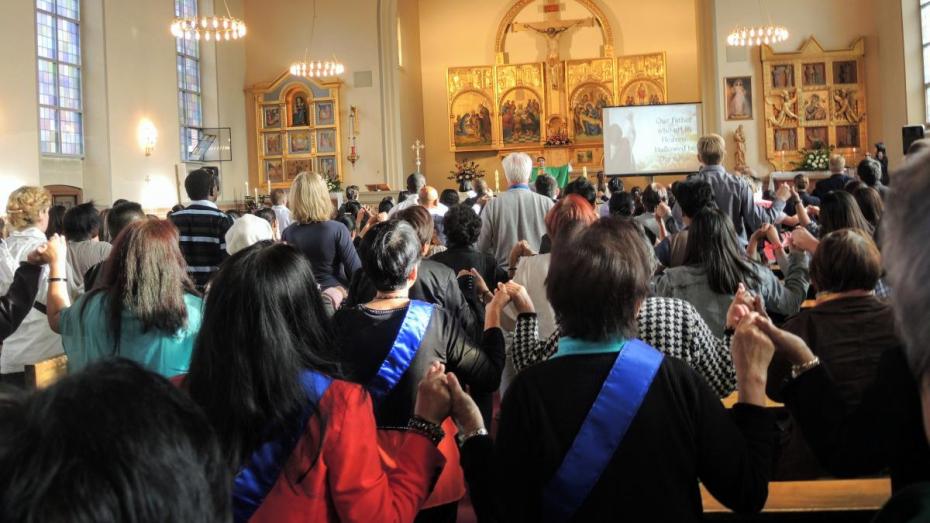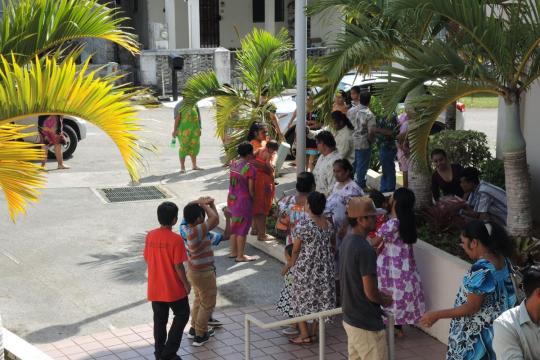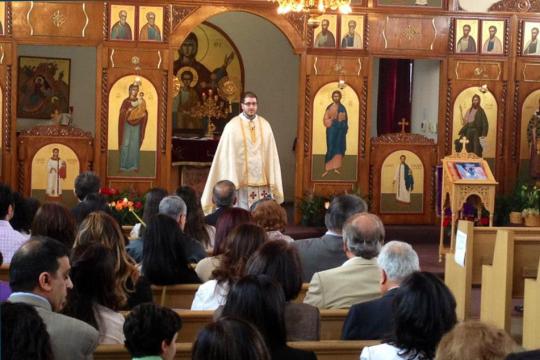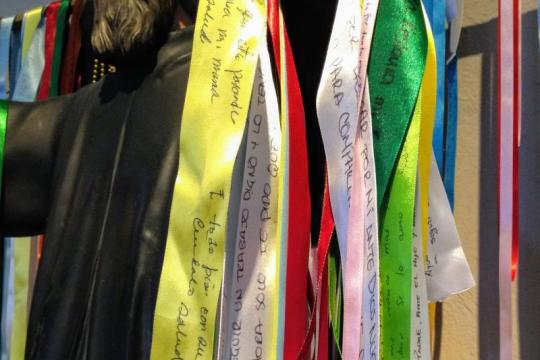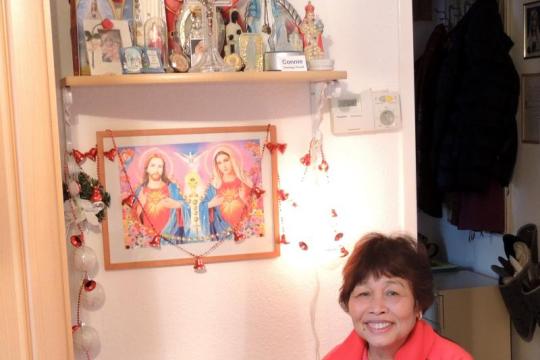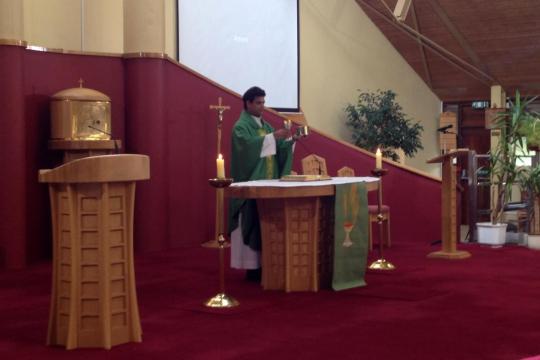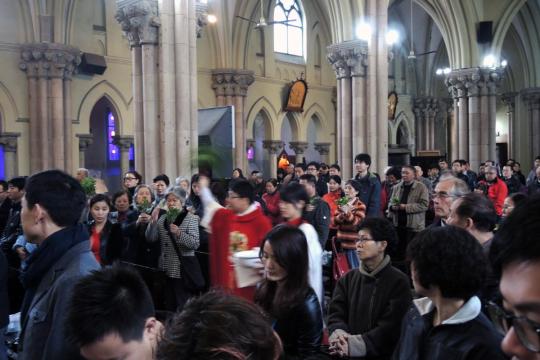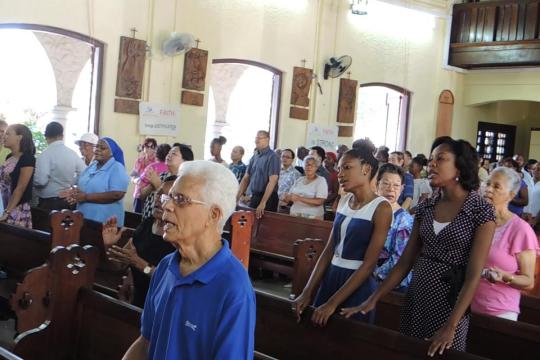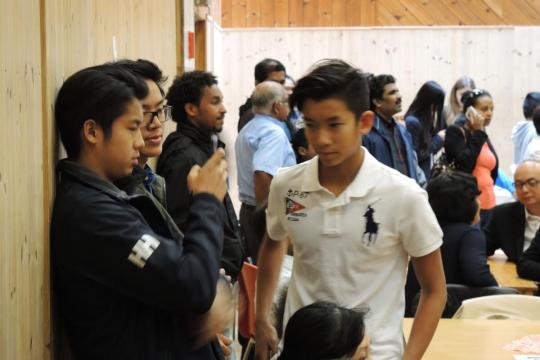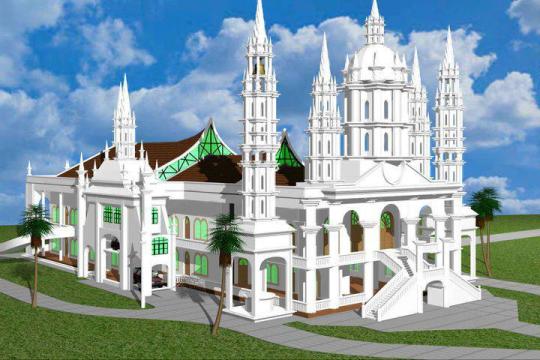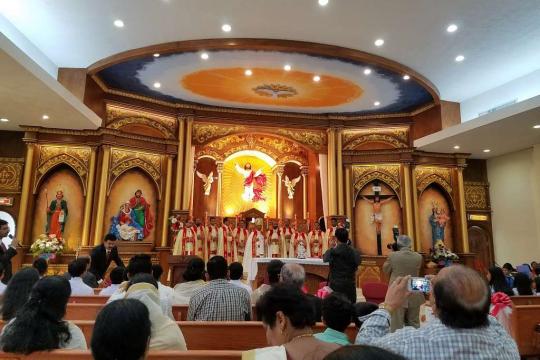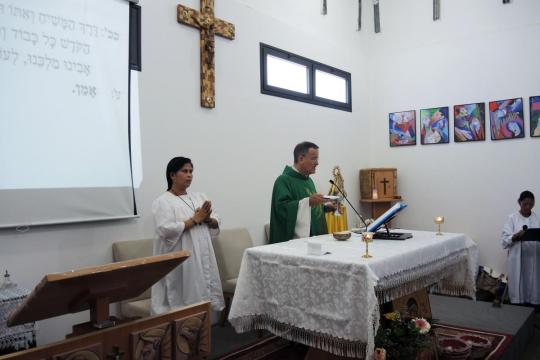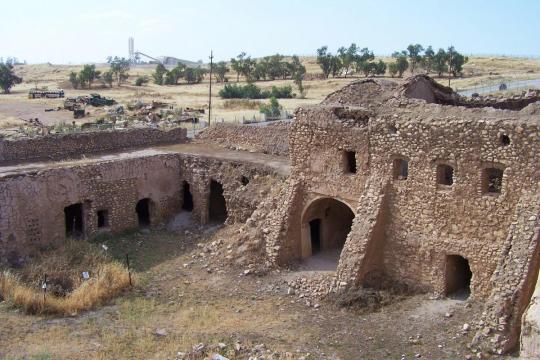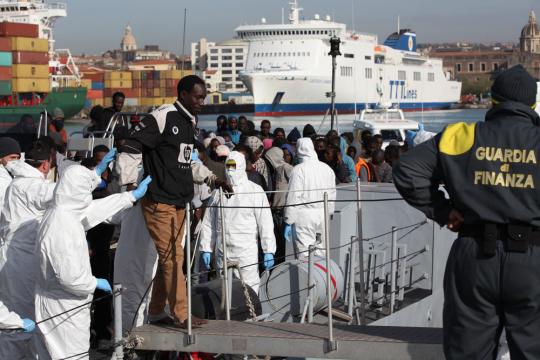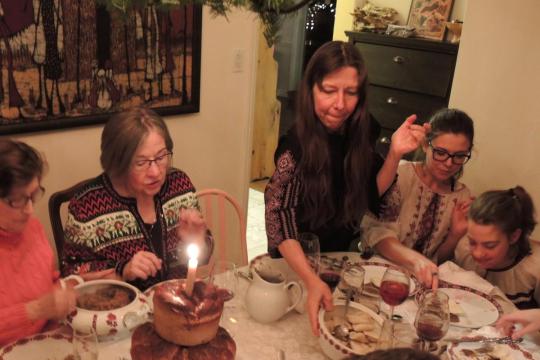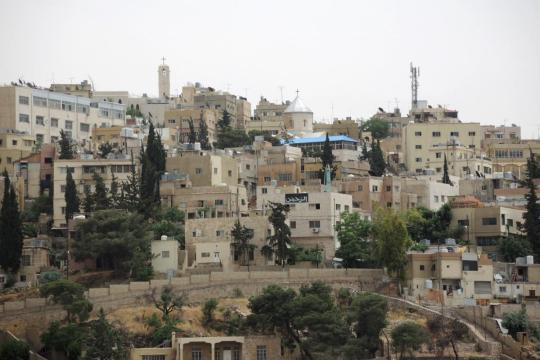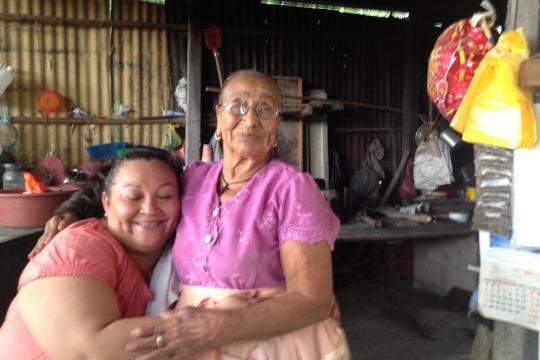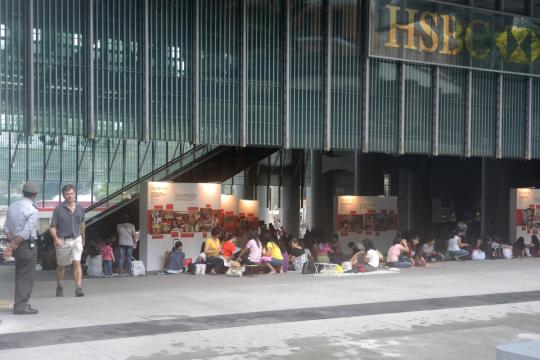More than 200 million people were born in a country different from their current country of residence. If these people were all aggregated into a single country, “they would constitute the fifth most populous country on the globe, just behind Indonesia and ahead of Brazil.”1
Given the degree to which religious practice and belief are tied to cultural contexts, migration can be a religiously unsettling experience for the migrants themselves. New settings can make once important and deeply symbolic religious practices difficult to continue, or somehow less meaningful outside of the collective contexts that underlie them at home. Alternately, some resettled believers end up developing much stronger religious attachment to parishes or to particular native religious practices than before, since these can serve as religious, cultural and identity anchors in a new country.
Migration likewise presents religious challenges for the communities that receive the migrants. The religious pluralism that results from in-migration can unsettle the communities receiving the immigrants, by calling prior shared cultural assumptions and bonds into question. Churches have to figure out how to accommodate immigrants' religious needs, not only in terms of language, but in terms of a whole array of cultural practices. In many instances, new and old communities simply do not fit together well, such as when an Azorean, Portuguese-speaking community in the United States has trouble accommodating the very different religious style of newer immigrant Brazilian Catholics, even though both speak the same language.
In places like London and Copenhagen, immigrants are a huge proportion of the churchgoing community, and a source of new vitality, even as they bring with them styles of religious practice that are very different from the native practice.
Many countries' Catholic life was shaped almost entirely by immigration, but as generations assimilated, the need for churches that served immigrant populations diminished. In the United States, to take one example, Our Lady of Vilna in Worcester, Massachusetts began its history ministering to Lithuanians, but eventually became a community for Vietnamese Catholics.
Outward migration also can affect church life. In the Middle East, many older Christian communities have been shrinking because of outward migration, sometimes affecting remaining Christians' sense of self and security. In India, Catholics migrate all over the world for work opportunities, and can be changed as a result of that cultural encounter. In Veli and Thumba in India, migration has also yielded remittances that have funded a great deal of church building.
- 1http://www.pewforum.org/faith-on-the-move.aspx
